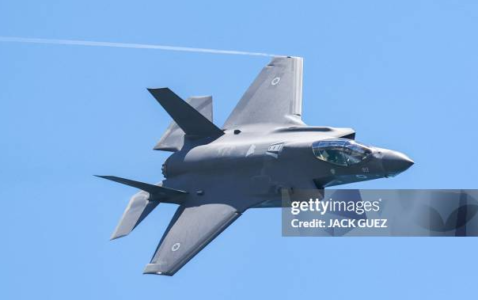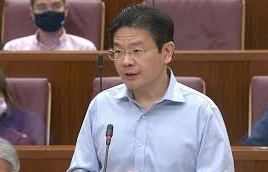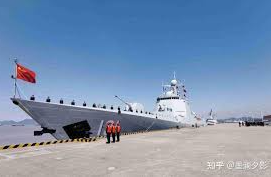New acquisitions are part of a broader strategy to modernize Singapore’s military capabilities by 2040, alongside cutting-edge virtual reality training advancements.
SINGAPORE: The Republic of Singapore Air Force (RSAF) will expand its fleet of F-35B fighter jets, acquiring an additional eight aircraft, bringing its total to 12. Defence Minister Ng Eng Hen announced in Parliament on February 24 that Singapore will receive these F-35Bs from US manufacturer Lockheed Martin by the end of the decade. This follows the country’s initial purchase of four F-35Bs in 2019, which are expected to be delivered by 2026 as part of a deal valued at US$2.75 billion.
The new acquisition was made possible through an option in the 2019 agreement, and after thorough evaluation, the Singapore Armed Forces (SAF) chose to exercise it. “The F-35 is the best choice to meet our defence needs now and in the future,” Dr Ng affirmed in Parliament.
The Ministry of Defence (MINDEF) has the highest estimated expenditure of any Singaporean ministry for the 2023 financial year, with a budget of S$17.98 billion, marking a 5.6% increase from FY2022. Nearly all of this funding—around S$17.04 billion—will be allocated to the SAF. Dr Ng explained that this increased expenditure is driven by factors such as rising inflation, the recovery of projects delayed by the pandemic, and the need to counter non-traditional threats.
The purchase of the F-35Bs is part of Singapore’s broader military strategy amidst intensifying global competition, particularly in Northeast Asia, where countries are bolstering their military forces. Dr Ng emphasized the importance of not compromising defence for political gain, stressing that defense is a long-term commitment.
As part of the SAF’s transformation into a next-generation force by 2040, Dr Ng also unveiled plans for advanced training technologies. These include the use of virtual reality (VR) simulators and a new digital range to enhance training realism.
Cybersecurity Focus
Dr Ng also updated Parliament on the growing threat of cyberattacks, revealing that the SAF’s Digital and Intelligence Service (DIS) has already intercepted several cyber threats since its establishment last October. “Digital threats are pervasive, and we are particularly concerned with orchestrated attacks from state and non-state actors, including terrorist groups,” he noted. The DIS is responsible for providing operational intelligence and enhancing C4 (command, control, communications, computers) connectivity within the SAF to enable a more integrated, networked defence.
F-35B: A Game-Changing Asset
The decision to acquire additional F-35Bs comes after extensive evaluations by the RSAF and the Defence Science and Technology Agency (DSTA). In preparation, RSAF personnel received exclusive access to F-35 information and training facilities. A key area of focus in the evaluation was how to maximize the fighter’s capabilities to enhance the operational edge of the SAF, as well as how to integrate the F-35 with other SAF assets. This included professional exchanges with other F-35 users and participation in exercises such as Exercise Pitch Black in Darwin, Australia, where RSAF jets flew alongside US Marine Corps F-35Bs.
Colonel Daxson Yap, head of the RSAF’s Air Plans Department, highlighted the “game-changing” capabilities of the F-35B’s sensor suite, which can collect, fuse, and share information in real-time, significantly enhancing the effectiveness of other aircraft in the air. “Combat effectiveness is a function of teamwork,” COL Yap explained, emphasizing how the F-35B multiplies the capabilities of other platforms it operates with.
A Long-Term Defence Strategy
As the F-35B acquisition moves forward, the RSAF is also preparing for the eventual retirement of its aging F-16 fleet, expected in the mid-2030s. The purchase of F-35Bs serves not only as a direct replacement but also as a hedge against future supply chain risks. The RSAF’s long-term procurement strategy ensures that any new acquisitions meet the force’s evolving needs in a prudent, cost-effective manner.
Singapore’s acquisition of F-35s places it among the few Indo-Pacific nations with these advanced fighters, alongside Australia, Japan, and South Korea.








